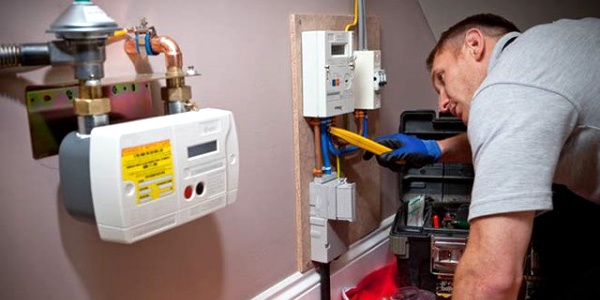What Do They Mean By A Smart Energy System?
Published on 11th April, 2017
“I was smart enough to go through any door that opened.”
– Joan Rivers, Comedian
In this month’s blog, we ask whether our electricity system is smart enough to adapt to the rapidly developing needs of the UK electricity market.
However, we should start by asking what do we actually mean by a smart energy system. “Smart” is a word that is very much in vogue in relation to things electrical – smart meters, smart grid, smart networks, smart batteries and so on.
Perhaps the best way of thinking about it is to define a so-called smart system as being the one that will be needed in the UK to replace our traditional approach to electricity infrastructure – historically defined by the efficient central dispatch of large (mainly thermal) power stations through a command and control process, with the electricity flowing “top down” through the high and low voltage grids to meet the requirements of industry, commerce and residential properties in the most cost effective way.
But why has this need arisen and why does the existing system – which after all has stood the test of time – need to be replaced?

Under the Climate Change Act of 2008, the UK is legally committed to achieve an 80% reduction in its carbon emissions by the year 2050, and in order to have any chance of reaching this target the UK electricity system will need to have become “carbon-free” by then. Even if this legal “push” factor was not in place, there are worldwide “pull” factors driving down the costs of renewable generation technologies, notably wind and solar, which when combined with the falling costs of battery storage would be driving change economically anyway. In other words, the forces of so-called “energy disruption” [the topic of a future blog] are unavoidable, and the various government and industry sponsored initiatives are a response to these developments as well as an attempt to retain some sense of command and control over the disruptors.
So, what are the key challenges that need to be addressed within the new smart electricity system as more renewable generation assets are added into the UK network;
The first and most obvious is that wind and solar power are, by their very nature, intermittent technologies – the generation of power being dependent on the availability of the wind or sunlight. How can a system be designed which is largely reliant on intermittent technology whilst also ensuring that reasonable electricity demands are always satisfied? If the answer is to keep in place an adequate reserve margin of traditional thermal plant which is hardly ever used, or introduce large scale “battery storage” options ( a technology that remains in its commercial infancy ) then that would make the overall system costs very expensive.
The second key issue is that while the lifetime costs of renewable technologies are low and indeed falling all the time, the capital costs of renewables is high – which means that building enough additional surplus renewable technology to maintain system security would also be an expensive option, even if the intermittency problem outlined above did not exist.
It is also a fact that the very nature of the renewable technologies being developed for use in our electricity system is leading to more and more generation being connected at the local distribution/lower voltage levels. In industry parlance, a lot of this new technology is “embedded” within the various local Distribution Networks. Consequently, there is growing interest in local matching of generation and demand through various initiatives which means that central balancing of the system – historically the domain of the National Grid – is becoming much more difficult and there is a growing emphasis on the need for local network balancing and an increasing realisation that the role of Distribution Network Operators needs to be fundamentally revisited.
And finally, it has been known for a long time that increased energy efficiency and socalled demand side response (DSR) have the potential to significantly reduce both the overall consumption and, more importantly, the instantaneous maximum demand for electricity in the UK. With the national roll-out of smart meters, growing awareness of the need to optimise the use of electricity and proliferation of energy-use data at all levels, this area will only become more important as a way of reducing system margin requirements – but it will also present significant challenges for overall system balancing and control.
When taken together the issues outlined above clearly suggest that the essential elements of any smart electricity system will include:
- More “intelligent” networks that are capable of optimising the local supply and demand balance within a system-wide framework. In this respect, the impact of the growth of electric vehicles and the required network of recharging points will be a new challenge for the entire electricity system.
- An energy storage infrastructure which enables fluctuations in generation due to intermittency, and in demand due to greater demand-side flexibility, to be managed effectively. The commercial scalability and costs of battery storage will be key elements in this programme.
- A much greater demand-side response capability in which consumers respond actively and quickly to market price signals. A situation where the effective packaging and management of ever-growing flows of energy system data will be critical if it is to be made meaningfully available to the consumers.
EnDCo offers both producers and consumers of electricity direct and transparent access to the wholesale market and is well placed to help these participants take advantage of the opportunities opened up by the ongoing growth and development of the smart electricity system. Through its various market access services, EnDCo is able to facilitate a matching of power production with consumption – both between independent parties and within an integrated commercial portfolio.
For further information, please email me at: les.abbie@endco.co.uk
Les Abbie, CEO, EnDCo


 REPORTS
REPORTS 

